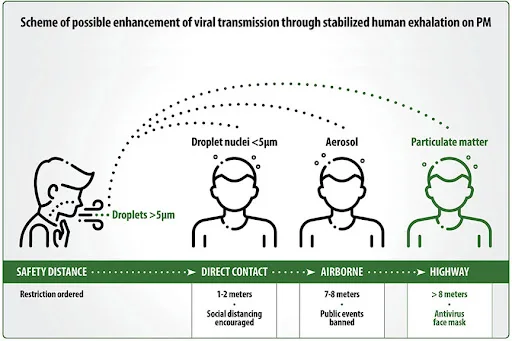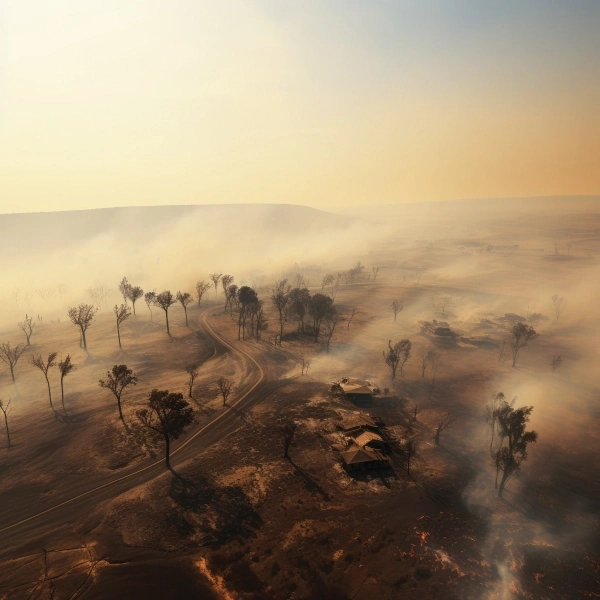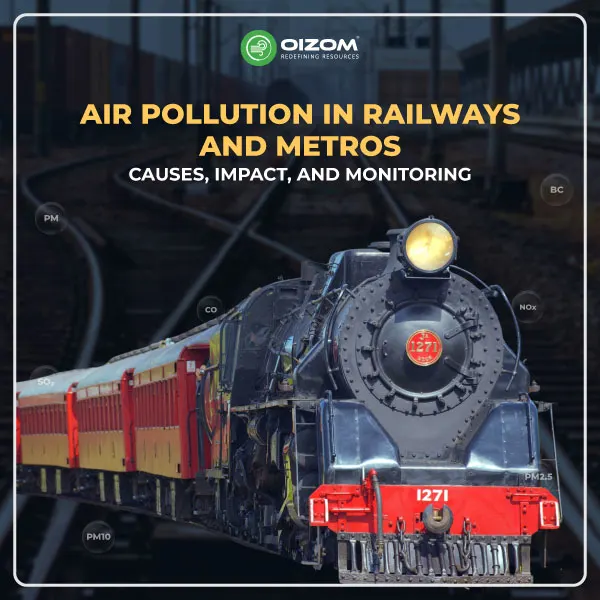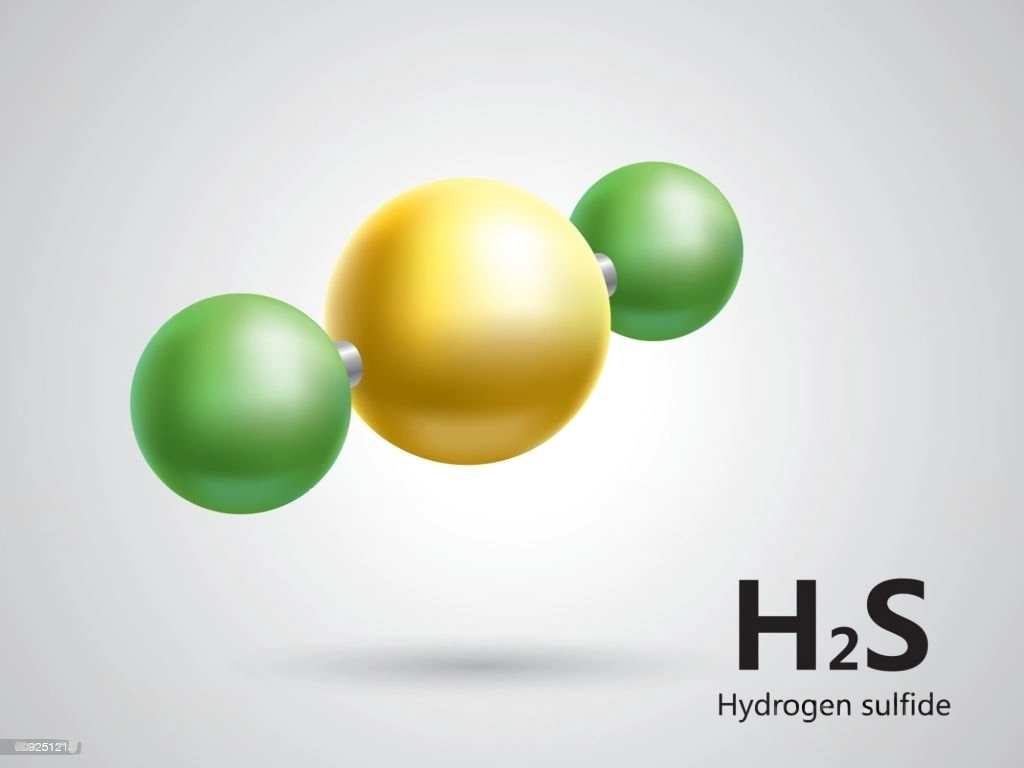Fugitive dust, also known as re-entrained or released dust in scientific terms, comprises microscopic airborne particles from various non-specific sources. These particles, which are emitted mainly by man-made activities, vary in size, but all share the property of escaping direct emission regulation. Their small size violates their potency, particularly the finer particles, which pose significant health hazards due to their capacity to enter deep into the lungs.
This blog will investigate the complex nature of fugitive dust, including its origins, impact, and control strategies. We will explore its challenges and the opportunities it provides for creating a better, more sustainable environment.
What Is Fugitive Dust?
The increasing concerns surrounding air quality and public health in the modern world have brought to light a pervasive environmental issue: fugitive dust emissions. Fugitive dust is particulate matter generated in the open air (rather than through a stack) due to commercial and industrial activities. It contains both visible and non-visible airborne particle pollution. This comprehensive guide delves into fugitive dust, exploring its causes, effects, and the mitigation measures necessary to control its spread.
Fugitive dust comprises tiny particles, some as small as 2.5 micrometres in diameter, originating from various sources. Fugitive dust’s reach extends far beyond its sources’ physical boundaries. Its impact on human health is profound and multifaceted. Inhalation of these particles can lead to a spectrum of respiratory issues, from mild irritation to chronic conditions like asthma and COPD (Chronic obstructive pulmonary disease). There’s also a growing body of evidence linking prolonged exposure to increased risks of more severe ailments, including lung cancer and cardiovascular diseases.
The environmental effects of fugitive dust are similarly concerning. Its presence reduces exposure to the natural beauty of landscapes. Its infiltration into soil and water systems disrupts ecological balance, affecting both flora and fauna. Moreover, the persistent dust deposition on buildings and infrastructure necessitates increased maintenance efforts and accelerates material degradation.
What are the Causes of Fugitive Dust
Fugitive dust, a pervasive form of air pollution, emerges from various activities integral to modern life. These tiny particles, often unnoticed, are byproducts of essential sectors like agriculture, mining, construction, manufacturing, transportation and utilities. Each sector contributes uniquely to releasing these particles, impacting air quality and posing significant health and environmental risks.
Agriculture
- In the realm of agriculture, the practices of tilling, harvesting, and livestock transport are primary contributors to fugitive dust. When soil is disturbed, tiny particles are released into the air. These particles can travel significant distances, adversely affecting air quality far beyond the immediate vicinity of the agricultural site. The impact is not localised; it extends to nearby communities, affecting the health and well-being of residents. Mitigating these emissions involves strategic tilling, crop cover management, and controlled livestock movement.
- Grain Storage and Distribution: Loading and unloading grain in storage bins and silos, site maintenance, and tracking out.
Mining
- The mining industry is a notable source of fugitive dust. Activities like blasting, excavation, and the transport of mined materials are particularly dust-intensive. These actions disrupt the earth’s surface, releasing large quantities of particulate matter. The dust generated in mining operations degrades air quality and poses serious health risks to workers and nearby residents. Ensuring dust suppression methods, such as water spraying and enclosing operation areas, is essential in these environments.
Construction
- Construction sites are also significant contributors to fugitive dust emissions. The range of activities at these sites, including earthmoving, demolition, and material handling, all contribute to dust generation. This dust does not remain confined to the construction site; it can disperse over considerable distances, impacting the air quality of adjacent areas and posing health risks to workers and residents. Employing dust control measures like wet suppression techniques and barriers can significantly mitigate this issue.
Manufacturing
- Fugitive dust is a constant challenge in manufacturing, especially in facilities processing powdered materials like cement, flour, and chemicals. During production and storage, these fine particles can escape into the atmosphere, often through ventilation systems or open vents. This release risks worker health and contributes to broader air quality issues. Implementing efficient filtration systems and ensuring proper storage and handling of materials are critical steps in controlling fugitive dust in manufacturing settings.
- Foundries: Storage and transfer of coke and fly ash.
- Food and Agricultural Processing: Storage, transfer, conveying and tracking out.
Transportation and Utilities
The transportation sector, mainly through unpaved roads and vehicle traffic, is a significant source of fugitive dust. Construction activities related to transportation infrastructure further exacerbate this issue. Similarly, utility maintenance, involving digging and trenching, can disturb settled dust particles. These sources collectively contribute to the problem of fugitive dust, impacting both environmental quality and public health. Solutions include paving roads, enforcing speed limits on unpaved roads, and using vegetation as natural barriers.
What are the Effects of Fugitive Dust?
Often smaller than 2.5 micrometres in diameter, these particles can be easily inhaled, leading to health problems and significant environmental impacts.
Health Effects of Fugitive Dust
Respiratory Problems
Fugitive dust can cause severe respiratory issues. When inhaled, these fine particles irritate the airways and lungs, leading to coughing, wheezing, and shortness of breath. Prolonged exposure exacerbates these issues, potentially leading to chronic respiratory diseases such as asthma, bronchitis, and emphysema. The risk is exceptionally high for individuals living near dust-generating activities.
Cardiovascular Problems
Beyond the respiratory system, fugitive dust risks cardiovascular health. These particles can enter the bloodstream through the lungs, causing damage to the heart and blood vessels. This increases the risk of heart attacks, strokes, and other cardiovascular diseases, making it a silent yet deadly contributor to heart-related health issues.
Cancer Risk
Certain types of fugitive dust, like silica dust, are known carcinogens. Inhaling these particles over a prolonged period can increase the risk of developing cancer, particularly lung cancer. This highlights the need for stringent controls and protective measures in environments where such dust is prevalent.
Other Health Concerns
The health implications of fugitive dust extend to causing skin irritation, eye problems, and headaches. These issues, while perhaps less severe than respiratory or cardiovascular problems, significantly impact the quality of life and well-being.

Environmental Effects of Fugitive Dust
Reduced Visibility
Fugitive dust significantly reduces visibility, leading to dangerous driving conditions and increasing the risk of accidents. This is particularly problematic in areas near construction sites, mines, or unpaved roads.
Water and Soil Contamination
When fugitive dust settles, it can contaminate water bodies and soil. This contamination risks aquatic life, making water unsafe for consumption or recreational use. Similarly, soil contamination affects agricultural productivity and can harm local wildlife.
Impacts on Climate Change
Fugitive dust contributes to climate change by affecting sunlight absorption and atmospheric reflection. This can lead to atmospheric warming, altering weather patterns and contributing to the broader issue of climate change.
Fugitive dust is a significant environmental and health concern. Addressing it requires a multifaceted approach, including technological solutions and community engagement. By adopting these measures, we can mitigate the impact of fugitive dust and foster a healthier, more sustainable environment.
How to Control Fugitive Dust?
Controlling fugitive dust, a significant source of air pollution is crucial to mitigate its adverse effects on health, environment, and visibility. Various preventive and mitigative strategies can be employed to manage these dust particles effectively.
Preventive Measures
Dust-Paving
Dust-paving, involving the application of chemical or organic binders to surfaces, effectively minimises dust generation. By binding dust particles together, these agents prevent them from becoming airborne, especially on roads or other exposed areas. This method is particularly effective in areas with heavy vehicular movement.
Covering
Stockpiles of materials such as soil, sand, and gravel can be significant dust sources. Covering these stockpiles with tarps, plastic sheeting, or other materials can prevent wind from dispersing dust particles into the air. This method is simple yet effective, particularly in construction and mining sites.
Watering
Regularly watering exposed surfaces like roads, construction sites, and parking lots helps to dampen dust particles, preventing them from becoming airborne. Employing water trucks or sprinkler systems for this purpose can significantly reduce dust emissions in these areas.
Vegetated Buffers
Planting vegetative buffers, including rows of trees or shrubs, is a natural barrier against dust. These green buffers act as wind deflectors, preventing wind from lifting and carrying dust particles. This method not only controls dust but also enhances the aesthetic and ecological value of the area.
Mitigation Techniques
Dust Collection Systems
Dust collection systems, incorporating filters, cyclones, or electrostatic precipitators, effectively capture dust particles from the air. These systems are essential in industrial settings, where dust generation is part of the operational process.
Dust Suppression Chemicals
Applying dust suppression chemicals to surfaces binds dust particles, reducing their potential to become airborne. These chemicals benefit roads, construction sites, and areas where material stockpiles are expected. With Oizom, you can also automate your dust suppression methods. You just need to set a threshold, and dust suppression systems will start working whenever the air quality breaches the threshold. So you don’t have to worry about your site while you are away.
Street Sweeping
Street sweepers, equipped with brushes or vacuum systems, effectively remove dust from roads and other paved surfaces. Regular street sweeping controls dust and improves urban areas’ cleanliness and maintenance.
Windbreaks
Constructing windbreaks, such as fences or walls, can effectively deflect wind and reduce its capacity to carry dust particles. This method is particularly beneficial in areas prone to strong winds and in large open spaces like agricultural fields or construction sites.
The effective control of fugitive dust is imperative for protecting public health and the environment. By implementing a combination of these preventive and mitigative measures, it’s possible to reduce fugitive dust emissions significantly. This multifaceted approach ensures a healthier, cleaner environment, improving air quality and reducing health risks associated with dust pollution. As such, these strategies benefit immediate dust control and play a crucial role in environmental conservation and public health protection.
Now that you have a clear understanding of what fugitive dust is, explore Fugitive Dust Control Measures to learn more about effective control measures.
Conclusion
As an environmental experts, we have witnessed first-hand the extensive damage caused by this pervasive air pollution. Fugitive dust is an unspectacular issue and a significant threat, contributing to respiratory diseases and environmental degradation. A comprehensive approach combining preventive measures and mitigation techniques is essential to mitigate these consequences.
When prevention is not entirely feasible, mitigation techniques play a critical role. Employing dust collection systems, using dust suppression chemicals, conducting regular street sweeping, and constructing windbreaks are effective ways to remove dust particles from the air actively. These methods are both reactionary and proactive in preserving air quality and ensuring a safer environment.
FAQs
Fugitive dust particles vary in size, ranging from coarse to fine. Coarse particles are generally larger than 10 micrometres in diameter. In contrast, fine particles are smaller than 2.5 micrometres in diameter. The fine particles pose the most significant health risk as they can easily penetrate deep into the lungs, potentially leading to respiratory issues and other health complications.
While all dust consists of tiny particles such as soil, dirt, or other materials, fugitive dust is distinct in its nature of emission. Fugitive dust is released into the air without a specific emission point, making its sources varied and widespread. Familiar sources include construction sites, unpaved roads, and agricultural activities.
In contrast, non-fugitive dust comes from specific emission points like smokestacks or vents. Non-fugitive dust is generally more controlled than fugitive dust, often subject to regulations and emission limits.
Here's a brief comparison table:
Feature | Fugitive Dust | Non-Fugitive Dust |
Source | Various sources (e.g., construction sites, unpaved roads, agricultural activities) | Specific points of emission (e.g., smokestacks, vents) |
Emission Control | Often uncontrolled | More controlled, subject to regulations |
Particle Size | Ranges from coarse to fine | Typically larger than fugitive dust particles |
Health Effects | Can cause respiratory problems, heart disease, cancer | Effects vary depending on dust type but can also be harmful |
Environmental Effects | Can reduce visibility, contaminate water and soil, harm plants and animals | Varies depending on dust type but can also be environmentally harmful |
Understanding these differences is crucial for implementing appropriate control and mitigation strategies for each dust type.






